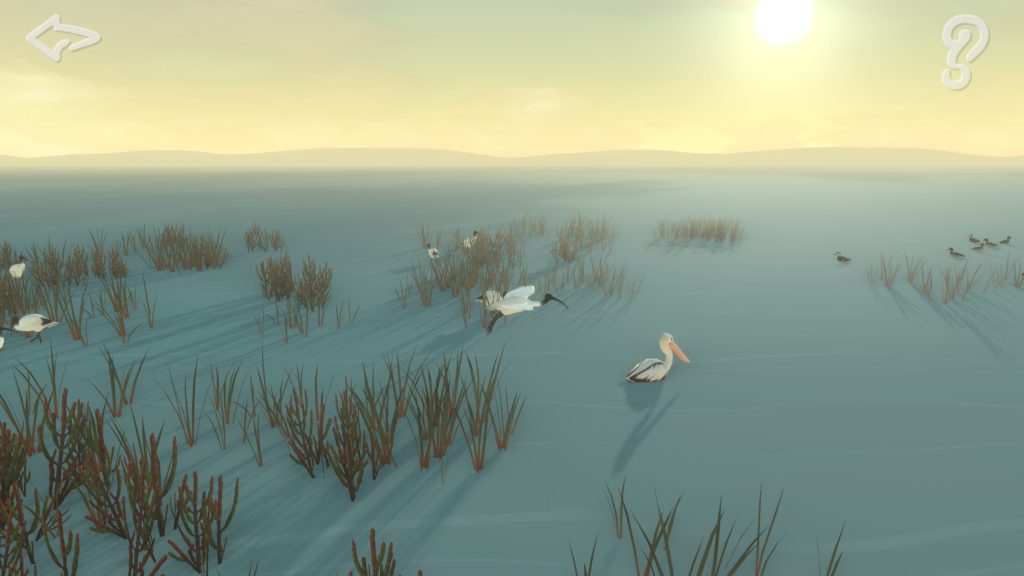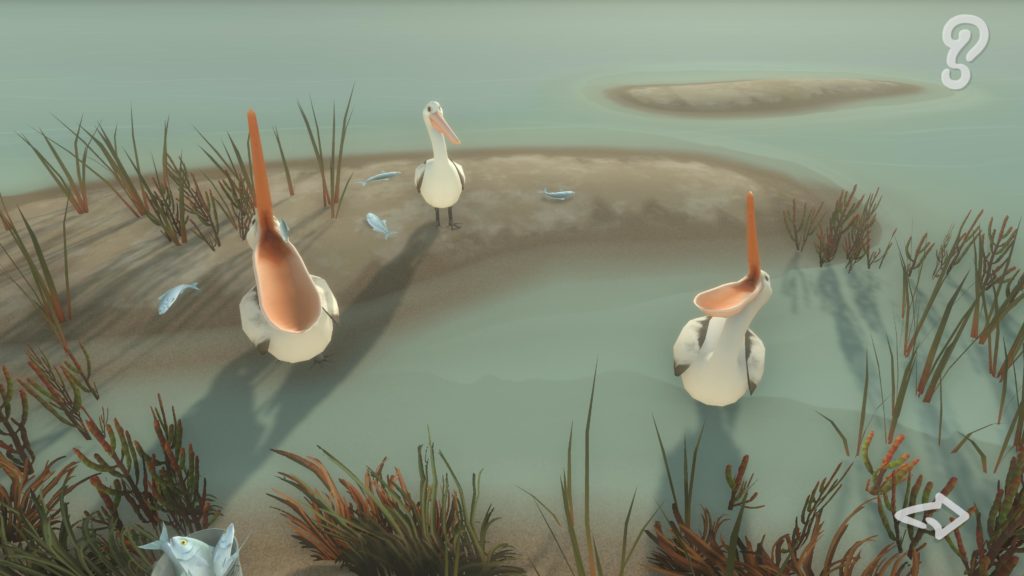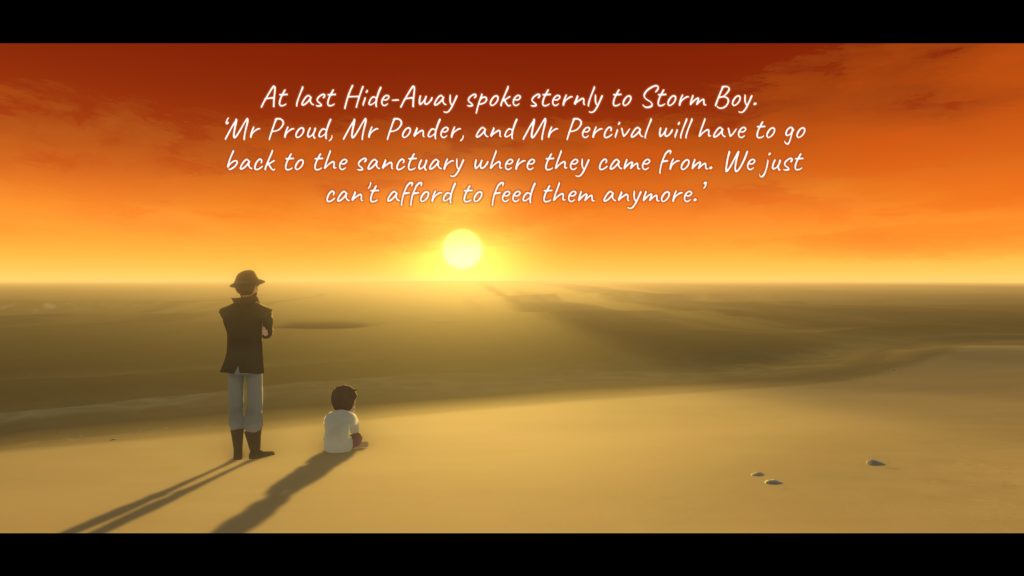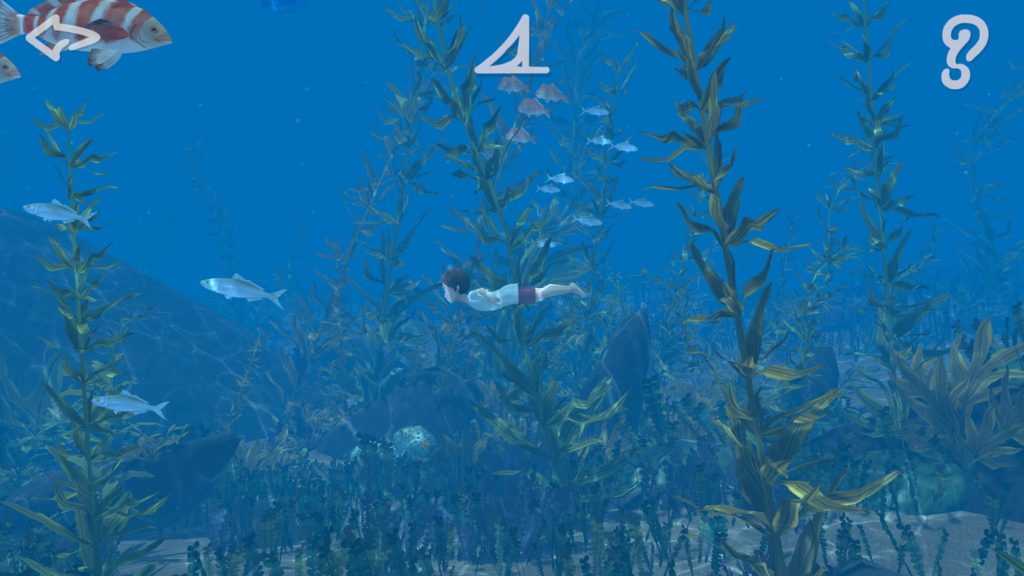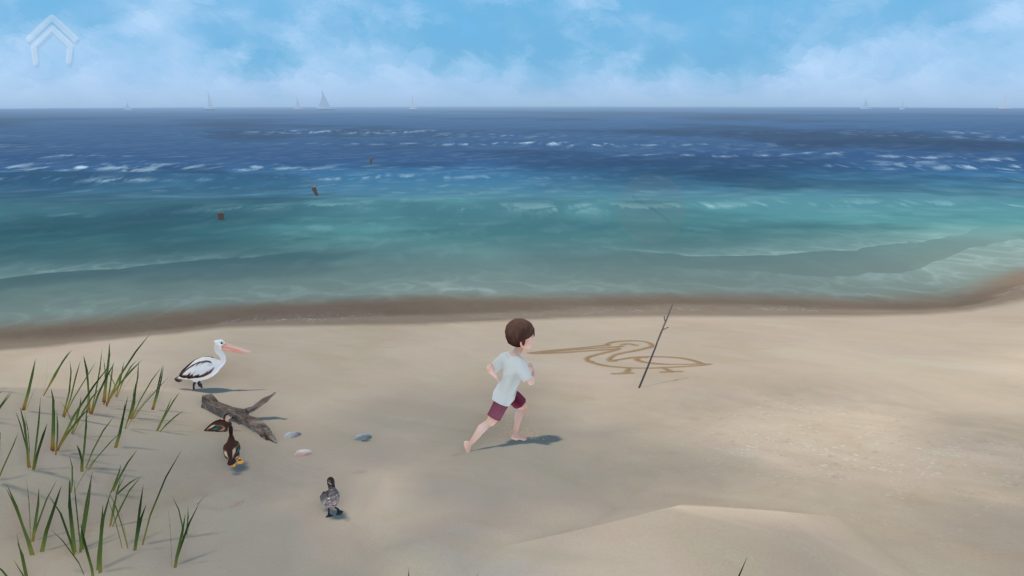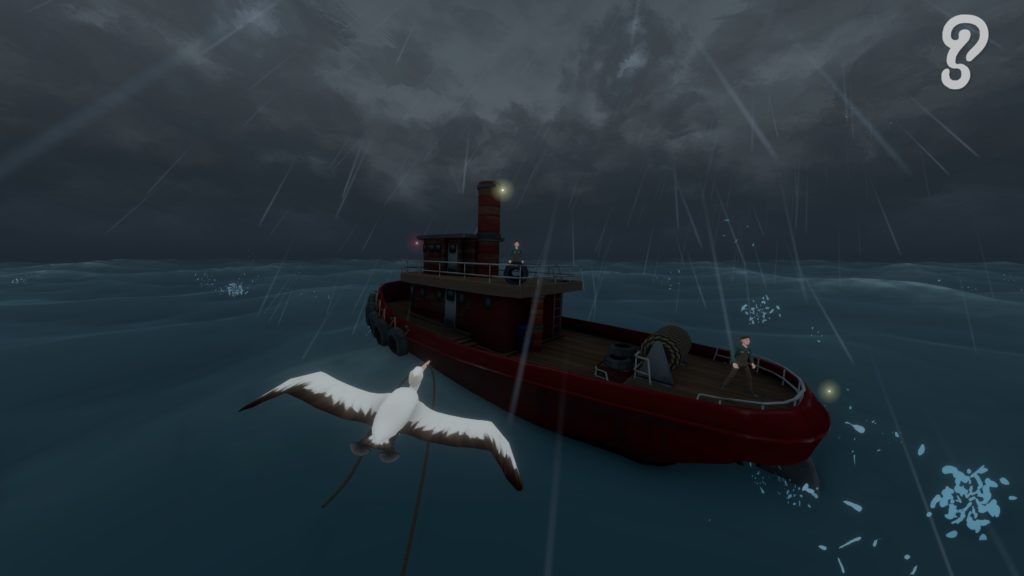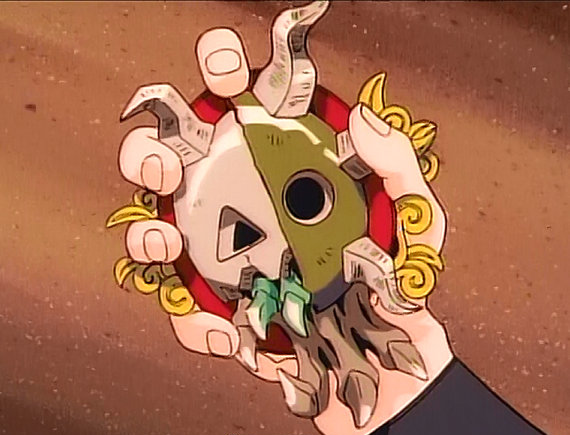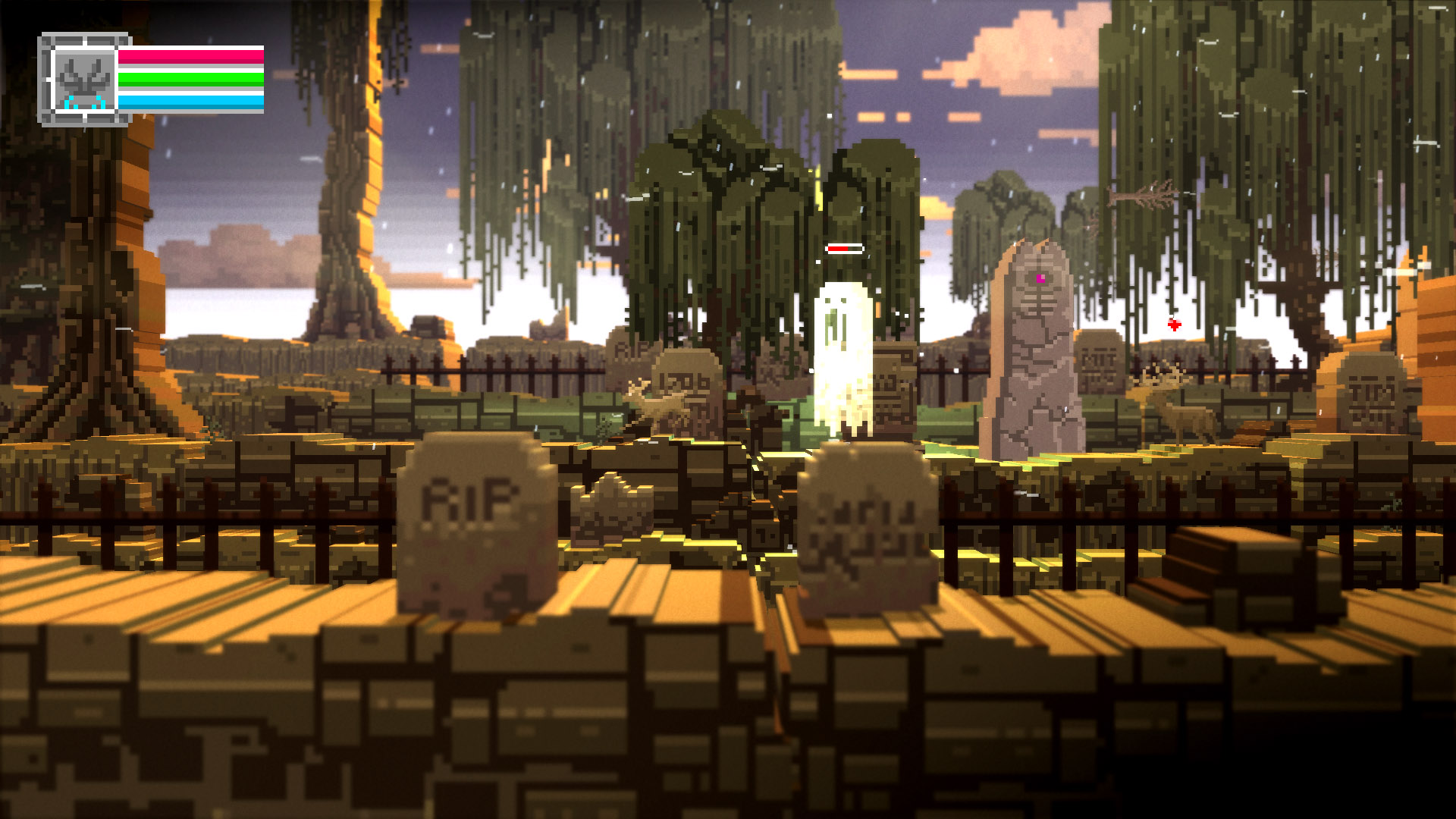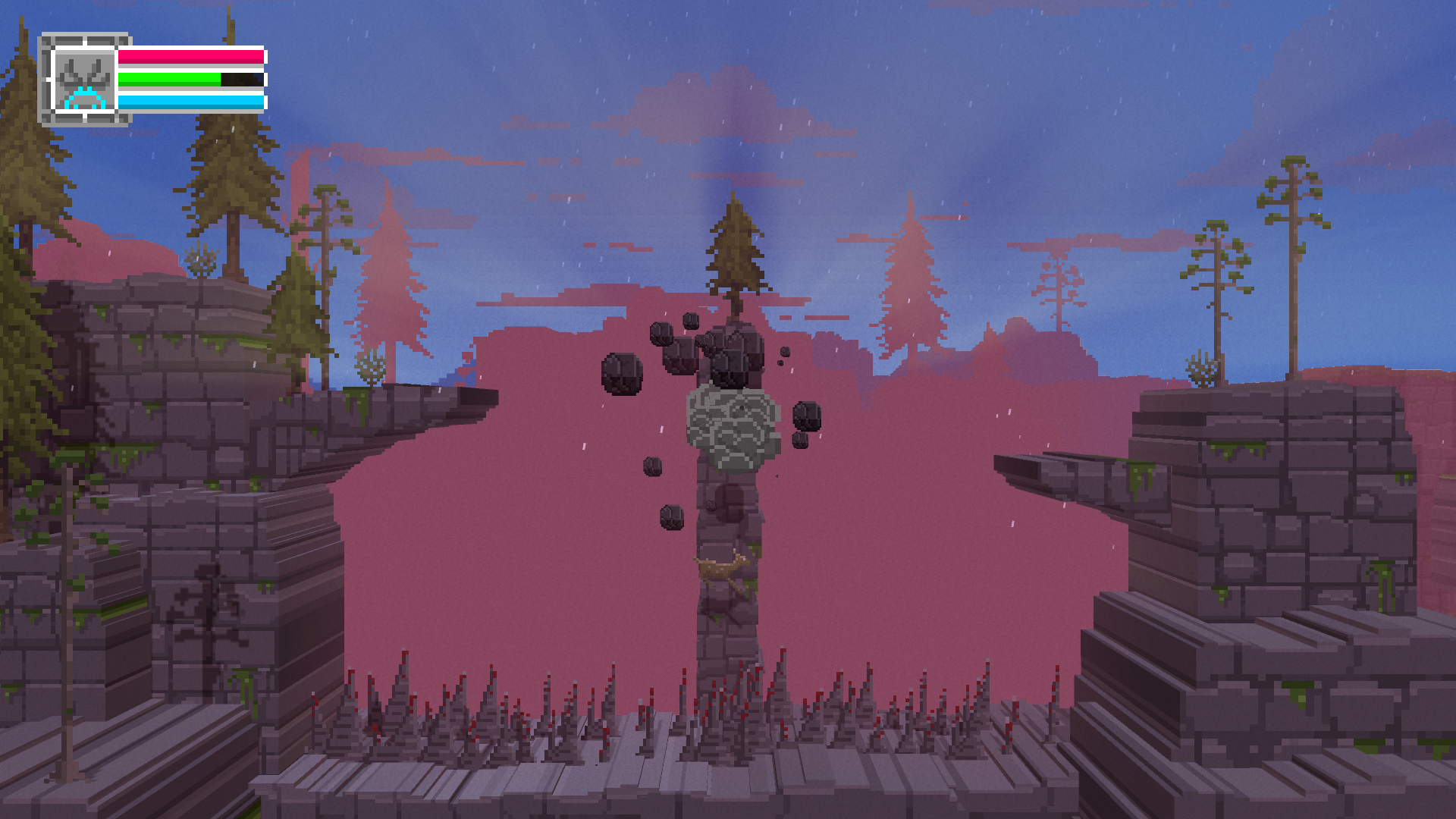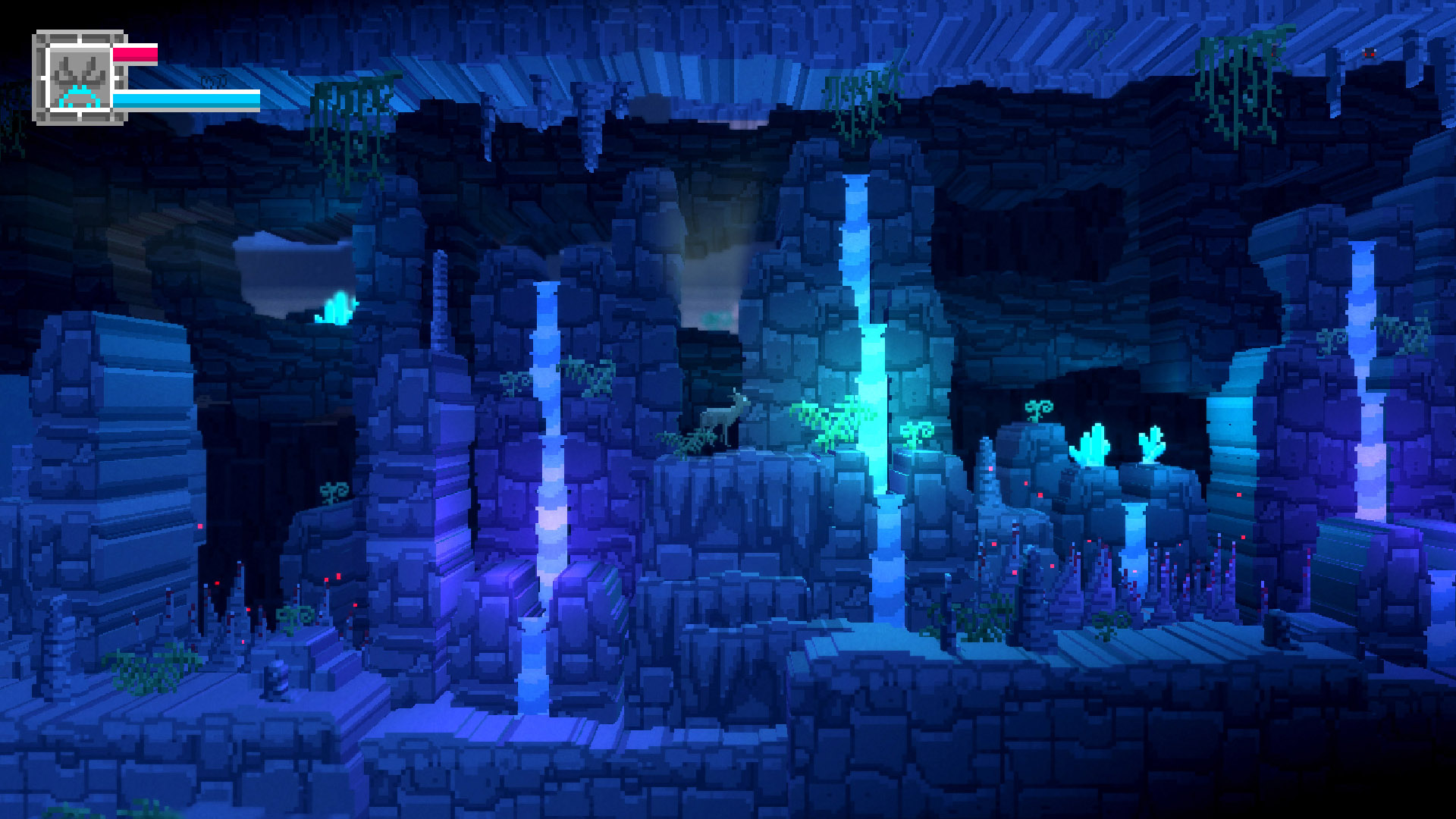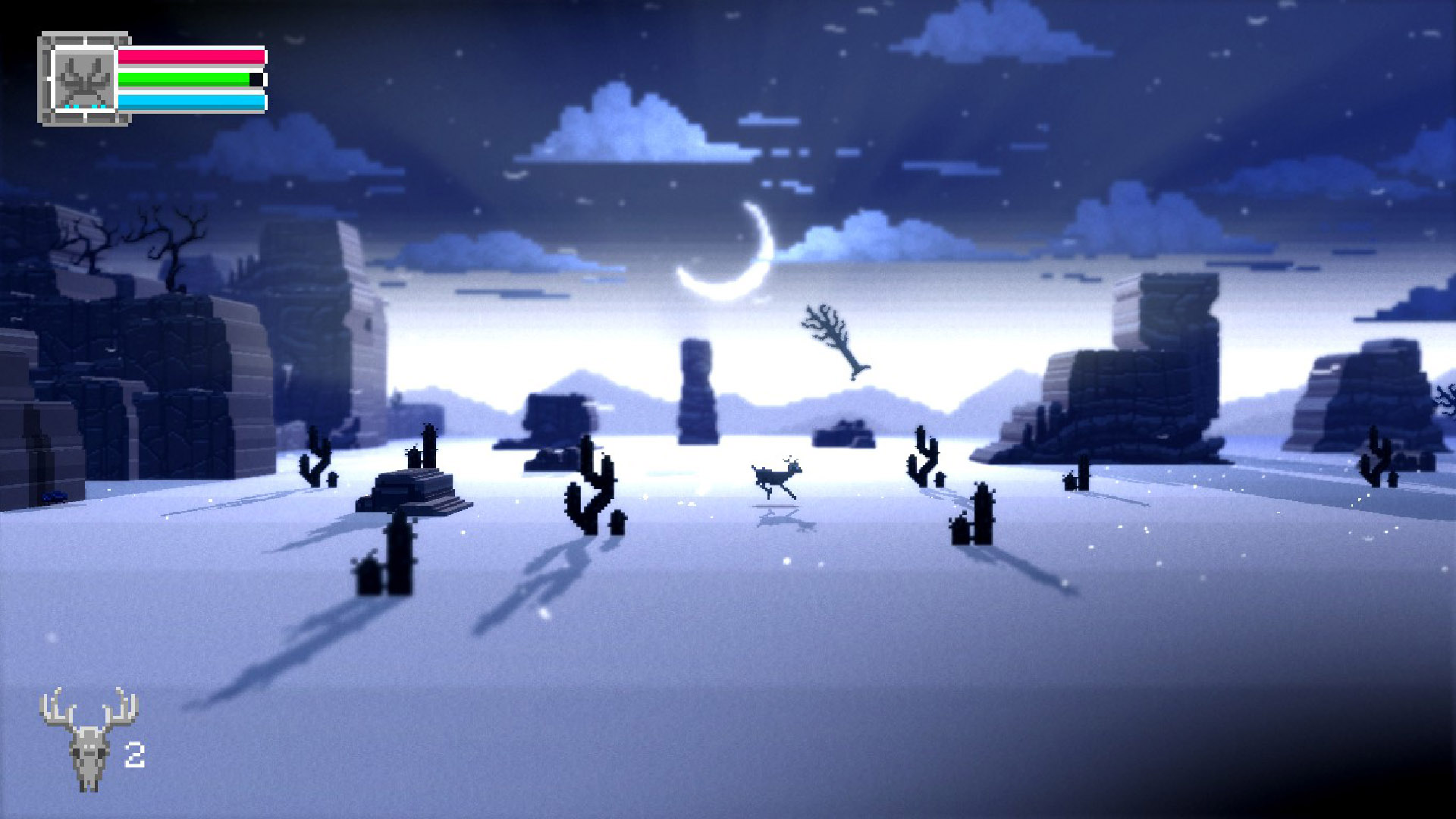Developer: We’re Five Games/Blowfish Studios/Crescent Moon Games | Publisher: Crescent Moon Games || Overall: 8/10
Morphite is more than a game. It’s about finding your purpose in life. What is the meaning of your existence? What is the point of anything? Moreover, what is the point of Morphite‘s procedurally generated universe full of random planets? I don’t know.
In a nutshell, Morphite is like a less ambitious version of No Man’s Sky. You have plenty to “do” but there’s not really any motivation or purpose in doing “it.” Outside of a single player story that has you finding out about the main character’s past and how it relates to the mysterious element morphite, there isn’t much impetus to “explore.” You’ll want to find resources to upgrade your armor and ship, but the resources aren’t plentiful enough on planets to want to go grind for them.
Morphite has a full universe to explore with procedural planets, which is appealing to hear on its surface. However, it would be hard to qualify these as actual “planets” considering their size and access, and its best to refer to them as “levels” instead. In addition, the procedural planets aren’t anywhere near interesting or rewarding enough to warrant the effort of repeatedly visiting new ones. I only ever wanted to run in one direction, hit a dead end, then leave. The fauna is quite interesting and I hadn’t run over too many duplicates of creature models as I progressed through the storyline and visited a few of the random planets.
The story itself has hand-designed planets and boss battles, and they are usually way more fun to play on than the procedural levels. The story takes about ten hours to complete, and there isn’t a point where the game says “ok, now explore” until you finish the story; outside of the random side missions you might come across until then, there honestly isn’t any point to exploration. On the bright side, if you did want to explore every planet in the game, it will take you 5.9 x 103932349029302909530490394 hours, give or take a few exponents. When you complete the game you’ll gain a significant buff to your ship’s capabilities, so if you are interested in experiencing more of the random levels, its probably better to wait until then. Though, I haven’t seen much of a difference in levels the further you fly away from your origin point where all the story takes place. So, your mileage will definitely vary, as once the story is over there’s nothing left to do but to visit these randomized levels. On a more meta level, the long-term goal is to increase your character’s power by upgrading. You are able to unlock new abilities by scanning plants and animals that pop up as rare, and have a special ability; using this scan in tandem with your other resources unlocks your potential. With more upgrades, more planets become available for exploration, where you’ll continue scanning more and more.
Gameplay is your run of the mill first person shooter with different guns and explosives. As you find more of the “elusive” morphite, you’ll get more weapons, as they morph into your new equipment. Platforming and light puzzles will be the main activity other than shooting, but nothing usually on the scale of frustrating; some of the later story missions have interesting puzzle design. You’ll occasionally run across items that will buff your character in small ways, such as a bracelet that gives you more health. Ammo randomly spawns in boxes and you’ll probably be hurting for ammo at the beginning of the game when you only have a couple of weapons to use. Later on there will be a lot more boxes to shoot open and more weapons to use, so this problem goes away eventually. You can restock a moderate amount of ammo at the pod you used to land on the planet, but you’re usually going to be far away from the pod by the time you need it. When you run out of ammo completely, your weapons will recharge up to a certain point, but anything over that number will require extra ammo drops. Considering your ammo doesn’t recharge very quickly, this hinders your gameplay experience in the shooter department as you’ll have to run away a lot as there are no permanent melee weapons. Relying on Puggles, who is a dog with a laser cannon on his back, to do most of your dirty work is the best way to conserve ammo.
Collecting resources to upgrade your stuff can be a grind, but the resources are so scarce its forced to become an afterthought usually. Its also hard to monitor how much you have if you have the opportunity to buy more resources or the time to upgrade comes around. No numbers fly up telling you what you’re currently at — you’ll have to menu hunt to see your current stock. There’s also some story encounters while traveling from system to system where you’ll either get lucky or unlucky. You may fly into an asteroid field where you actually get to control your ship for a bit, or lose resources due to pirates, or run across a trader from whom you can spend “Chunks” at to buy resources. Chunks are the currency in this universe, and the primary way of earning Chunks is through selling “Common Scans” of plants and animals, whereas “Rare Scans” are used to upgrade yourself (or you can sell for a much higher price). Unfortunately, scanning is pretty fucking awful until you upgrade it a bunch of times, and even then its sad that this is the only way to really make money in this game. Resources are not found nearly as often to want to ever sell them, and the amount of Chunks you get from ammo boxes and the like is usually very low.
When traveling from system to system, you’ll also have to wait for your fuel to recharge. This forces you to go space stations (which are available in every system) to refuel, or you can waste time and wait for it to refill automatically. You can use this time to explore a random planet, or do your laundry. It’s your choice what you think is more productive. The side missions I came across were also not appealing to try and complete as the rewards they offered were usually not that exciting. I only ran across one side mission that I could complete then and there; most seem to want to send you out into another part of the universe to complete and I’m not about that life.
The standouts here are the art style and the music. The art is actually quite fun and reminds me of old 3D DOS games, but obviously this title is much more detailed in certain aspects than that. Low Poly definitely has its benefit when it comes to space as detail can often be left to the imagination. The ambient music also fits the space theme accordingly and I was really digging everything I was listening to, which seemed to be at least ten different tracks. The variety of music is done well and each song sounded was good in its own right, I would probably listen to this soundtrack on its own. There was also weird sound mixing with the voice overs, sometimes the music would overtake the voice over and you could only understand what they were saying by reading the subtitles.
User interface is another story, however. The space navigation screens, typography, and the menus all seemed like afterthoughts. The spaceship cockpit distracted me in a way that felt as if it looked unfinished and they forgot to put some more polish into making it look good. It’s quite odd, because you arguably spend the most time seeing your spaceship and the menus, but everything else about the game looks great. Besides that, the usability of the user interface is much more clunky than I’d like and its a pain to use a controller to navigate it. Considering this title is meant to be released on a phone, you can see some of the design decisions were not built for a controller, and too spread out for mouse/keyboard. Its also a huge pain to switch weapons — how you can screw this up in a first person shooter is beyond me, but there’s no easy and quick way to switch to your weapons with a controller, and you are relegated to another menu hunt to switch logically. This becomes increasingly exacerbated as there will be puzzles that require you to switch between three different weapons over and over. Keyboard/Mouse isn’t much better and you’ll have to remember which weapon is assigned to the numbers on the keyboard. You can also use the scroll wheel to go one by one, or menu hunt then click “equip” once you find what you want — there are N64 games that are easier to switch weapons in.
Admittedly, it’s hard to get too excited about Morphite, but it is fun while your interest holds. The story isn’t too long and I don’t think it overstays its welcome. The ending is anticlimactic and the boss battles tend to be a bit on the easy side. The mystery of the story is good while it lasts, and it never takes itself too seriously, not to mention it takes a dark turn towards the end that I wouldn’t have guessed would be part of the story. Coming into Morphite thinking you’re going to be playing an indie sci-fi shooter is a better way to go about it than thinking its anything related to No Man’s Sky.

